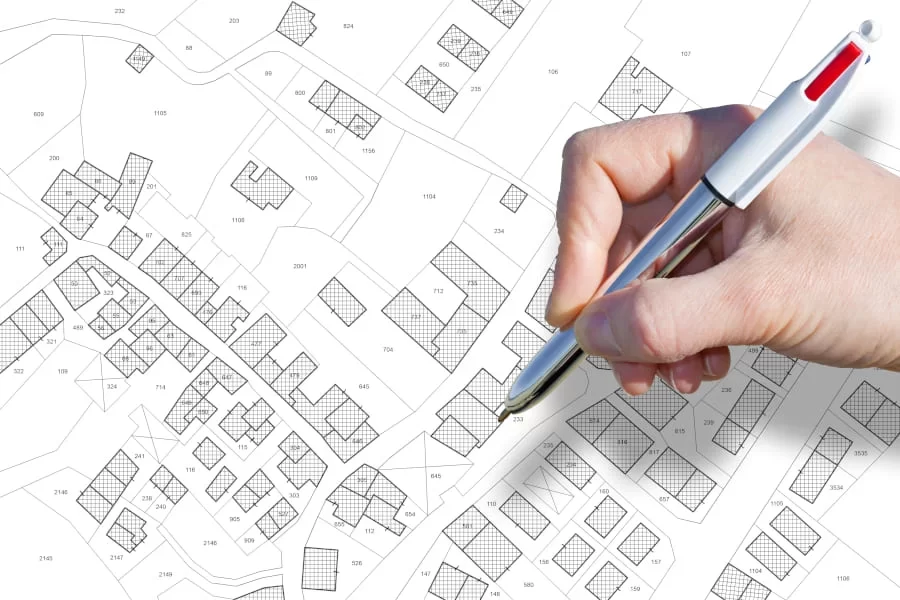
Cross Lease (nz)
A Cross-lease form of tenure is where multiple individuals own an undivided share of land, which they build on, with the land being leased from the other owners, often for a term of 999 years. It started in the late 1950s as a 'non-subdivision' method to get a separate title for the land, often while avoiding the subdivision rules and contribution requirements at that time. This made it significantly cheaper than subdividing by way of Fee-simple titles, and Councils generally had separate requirements for units on fee-simple titles that allowed for tie increased density of development. It was commonly used for townhouses and flats, however more recently prior to the Environment Court determining cross-lease as a 'subdivision', this form of tenure was also used to build full-sized dwellings as well. No new developments use this form of tenure, however with many existing dwellings having been altered since they were built, there are a lot of 'up-dated' cross-lease subdivisions being undertaken.
Sub Division (nz)
When it comes to subdividing a property, people tend to underestimate the complexities of the subdivision process. In particular, the management and coordination of the sheer number of people involved. With experience in subdividing many Auckland properties, we know the right questions to ask, how to minimise risks and avoid budget blowouts.
We can take care of all aspects of the subdivision process - from site inspection and feasibility to resource and building consent and construction. With our expertise in subdividing property, we know where to push back on suppliers when we feel you have been overcharged. Avoid the risk of over-capitalising and save yourself a whole lot of headaches by allowing our friendly team to take care of your subdivision project.
This process includes:
- Setting a date for the sale of sections.
- Ensuring the agreements for sale of the sections reflect the stage at which that the subdivision has reached.
- Briefing and appointing real estate agents.
- Setting the amount of the deposit to be paid by a prospective purchaser and the point at which those funds can be released to fund the ongoing costs of the subdivision.
